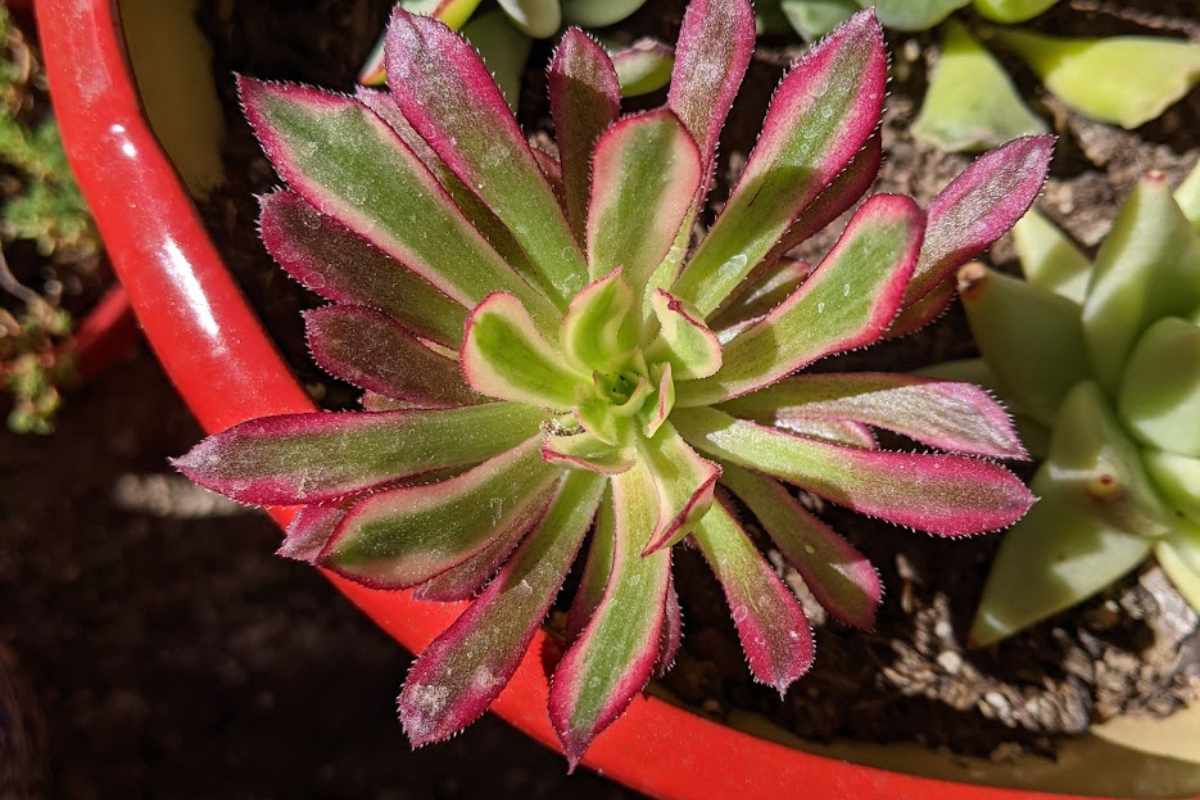Propagating new plants from a single stem cutting of Aeonium species can be an exhilarating yet daunting endeavor. As succulent enthusiasts, we often ask ourselves: how can we ensure our cuttings not only survive but thrive? This guide outlines best practices for propagating Aeonium plants, ensuring that each step contributes to a successful outcome.
Single stem cuttings are one of the most effective methods of propagation. However, the process should be approached with care and precision. The initial challenges may present some frustration, but the rewards of nurturing new plants make the journey worthwhile.
Understanding the Ideal Time for Cuttings
Choosing the right time to take your Aeonium cuttings is crucial. The ideal window is typically during the spring or early summer when the plant’s growth is at its peak. This is when the plant is actively photosynthesizing and producing energy, which significantly boosts the chances of successful rooting. However, if you’re situated in a region with milder climates, you may find success during the fall, provided the temperatures do not drop drastically.
Fun fact: Did you know that an Aeonium’s growth cycle is influenced by the availability of sunlight? Adequate light conditions bolster the health of the mother plant and, subsequently, the cuttings.
Prepare for the Challenge: Assessing Your Mother Plant
Before making your cut, it’s essential to evaluate the health of your Aeonium. Look for signs of vitality—firm leaves, rich color, and robust growth patterns indicate that the plant is a solid candidate for propagation. One encountered challenge is dislodging unhealthy cuttings that may rot instead of root. Thus, a discerning eye is vital in selecting the best parts of the plant to propagate.
Once you’ve confirmed that your mother plant is in prime condition, it’s time to take your cutting. A sharp, sterile knife or pruning shears should be utilized to ensure a clean cut. Position your tool just below a leaf node to maximize the chances of new roots developing, as this is where the plant’s hormones congregate to initiate growth.
In order to help mitigate the risk of fungal issues or rot, allow the cut end of the stem to dry out for several hours or even a few days. This callousing process creates a protective barrier, making it less susceptible to pathogens once placed in soil.
Choosing the Right Medium for Rooting
The substrate in which you root your Aeonium cutting plays an instrumental role in its success. A well-draining soil mix is paramount; a combination of cactus soil, perlite, and coarse sand creates an optimal environment. This blend prevents excess moisture from accumulating, which is critical, as Aeoniums prefer drier conditions.
Consider surrounding your cuttings in a container with drainage holes. This allows excess water to escape, further safeguarding against rot. Another intriguing option is to root cuttings in water temporarily, although this method is slightly riskier and may not yield the same level of success as soil propagation.
Post-Cutting Care: Watering Wisely
Once the cuttings are settled into their medium, it’s time to consider watering. A general rule of thumb is to avoid an immediate watered-down environment. Instead, wait until the stem has developed a few roots—typically around two to three weeks—before introducing moisture into their surroundings.
When you begin watering, employ a spray bottle or a gentle watering can to provide a fine mist rather than saturating the soil. Check the moisture level regularly, and allow the top layer of soil to dry out between waterings to ensure the roots acclimate properly.
In essence, the challenge of balancing hydration while avoiding oversaturation forms the crux of successful propagation.
Monitoring Growth: Signs of Success
Patience is key when propagating Aeonium cuttings. Over time, the cuttings will respond to the nurturing they receive. Watch for signs of new leaf growth or changes in texture, which indicate the roots have established themselves. At this juncture, you can transition to a more routine care regimen, allowing for increased watering and limited exposure to bright, indirect sunlight.
While the prospect of propagation can be daunting, the ongoing success of your endeavors ultimately comes down to a mix of diligence, keen observation, and adaptability to the needs of your plants. The journey from a single stem cutting to a thriving Aeonium grouping is both rewarding and educational. As you encounter challenges, don’t forget to appreciate the learning curve; every experience is a stepping stone in your gardening journey.
In conclusion, understanding the nuances of single stem Aeonium cutting propagation is key to cultivating a flourishing collection. With the right practices in place, you can enjoy the excitement of growing your beautiful specimens for years to come.





Leave a Comment